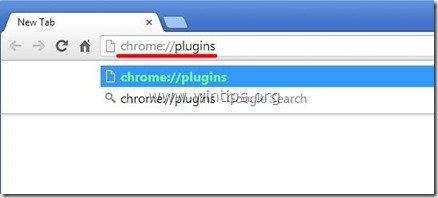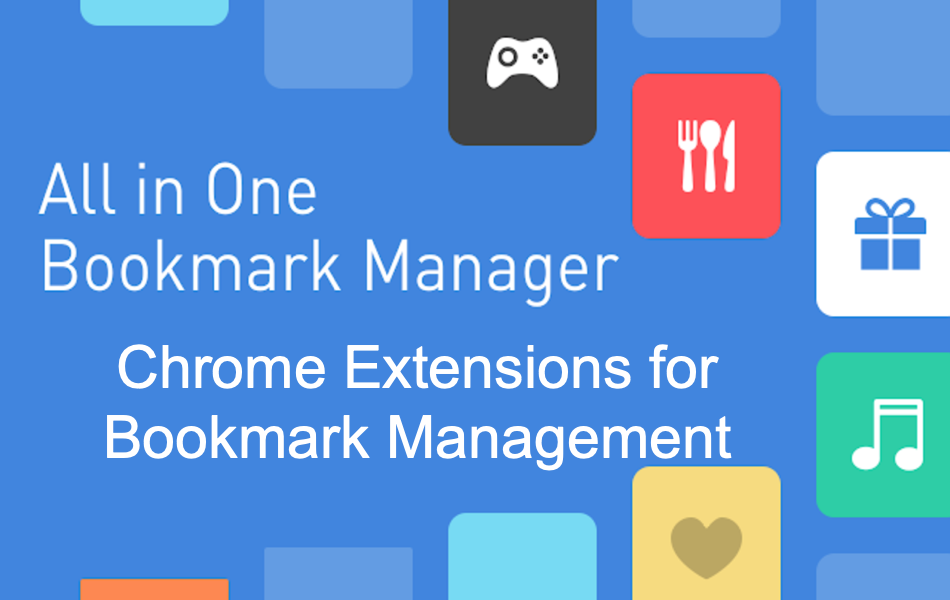

- #MANAGE PLUGINS CHROME HOW TO#
- #MANAGE PLUGINS CHROME .DLL#
- #MANAGE PLUGINS CHROME FULL#
- #MANAGE PLUGINS CHROME ANDROID#
If you restart Chrome after this and navigate to chrome://policy/ you should see that the extensions is blocked. I'm going to close out this discussion as this thread is pretty old, and many of you have provided solutions to get to the plugins page.
#MANAGE PLUGINS CHROME HOW TO#
Modify the manifest.json file and add the NPAPI plugin as described on Stackoverflow or even better on . For more info on plugins and how to manage them checkout this handy dandy help center article.

Any items that have been disabled display a No in the column entitled Enabled. Find out if they’ve been compromised and get personalized advice when you need it. Check the strength and security of your saved passwords. They’re securely stored in your Google Account and available across all your devices.
#MANAGE PLUGINS CHROME ANDROID#
The browsers are arranged in tabs ( Internet Explorer, Firefox, and Google Chrome ). Manage your saved passwords in Android or Chrome. This reveals a list of all the items that start automatically with each browser. \profile\Default\Extensions\jpkfjicglakibpenojifdiepckckakgk\1.12.1_0 To manage browser plugins: Click the Tools icon on the left, then click Browser Plugins. Second, go to the extensions folder that should not be synced. We don't need the complete extension, only the NPAPI. Fortunately the official Screen Capture wiki still contains the source code. Then press 'Details' option ( arrow 4 on the image) for IDM extension. But this doesn't matter for our scenario. To do this press on Chrome menu ( arrow 1 on the image), select 'More tools' menu item ( arrow 2 on the image) and then select 'Extensions' tab ( arrow 3 on the image). The extension was removed from Google Play store in the meantime because Google decided to drop NPAPI support.
#MANAGE PLUGINS CHROME .DLL#
dll from any NPAPI extension like Screen Capture (by Google). If we modify your extension in a way that Chrome recognize the extension using NPAPI, you should be fine. You should be especially cautious when processing input from untrusted sources, such as when working with content scripts or XMLHttpRequest.
#MANAGE PLUGINS CHROME FULL#
This example policy could map a URL to its settings.Based on the security concern, Chrome doesn't sync any extension which contains an NPAPI plugin.Ĭode running in an NPAPI plugin has the full permissions of the current user and is not sandboxed or shielded from malicious input by Google Chrome in any way. keys that aren't found in "properties". optionally have "additionalProperties" indicating a schema to apply to An "object" can have known properties listed as "properties", and can The storage.managed_schema property indicates a file within the extension that contains the policy schema. It's up to the extension to enforce the policies configured by the administrator. Add-ons can sometimes cause browsers to run slowly and crash, or they might pose a security or compatibility risk.

Select the add-on, Enable, and then select Close. See how Chrome handles policies for examples from Chrome itself.Īfter declaring the policies they can be read from the storage.managed API. Open Chromes Plug-ins from the chrome://plugins address or through the menus Settings item called Disable. Open Internet Explorer, select the Tools button, and then select Manage add-ons. Policies are analogous to options but are configured by a system administrator instead of the user, allowing the extension to be preconfigured for all users of an organization. This schema must be stored in a file indicated by the "managed_schema" property of the "storage" manifest key and declares the enterprise policies supported by the extension. Unlike the local and sync storage areas, the managed storage area requires its structure to be declared as JSON Schema and is strictly validated by Chrome.


 0 kommentar(er)
0 kommentar(er)
